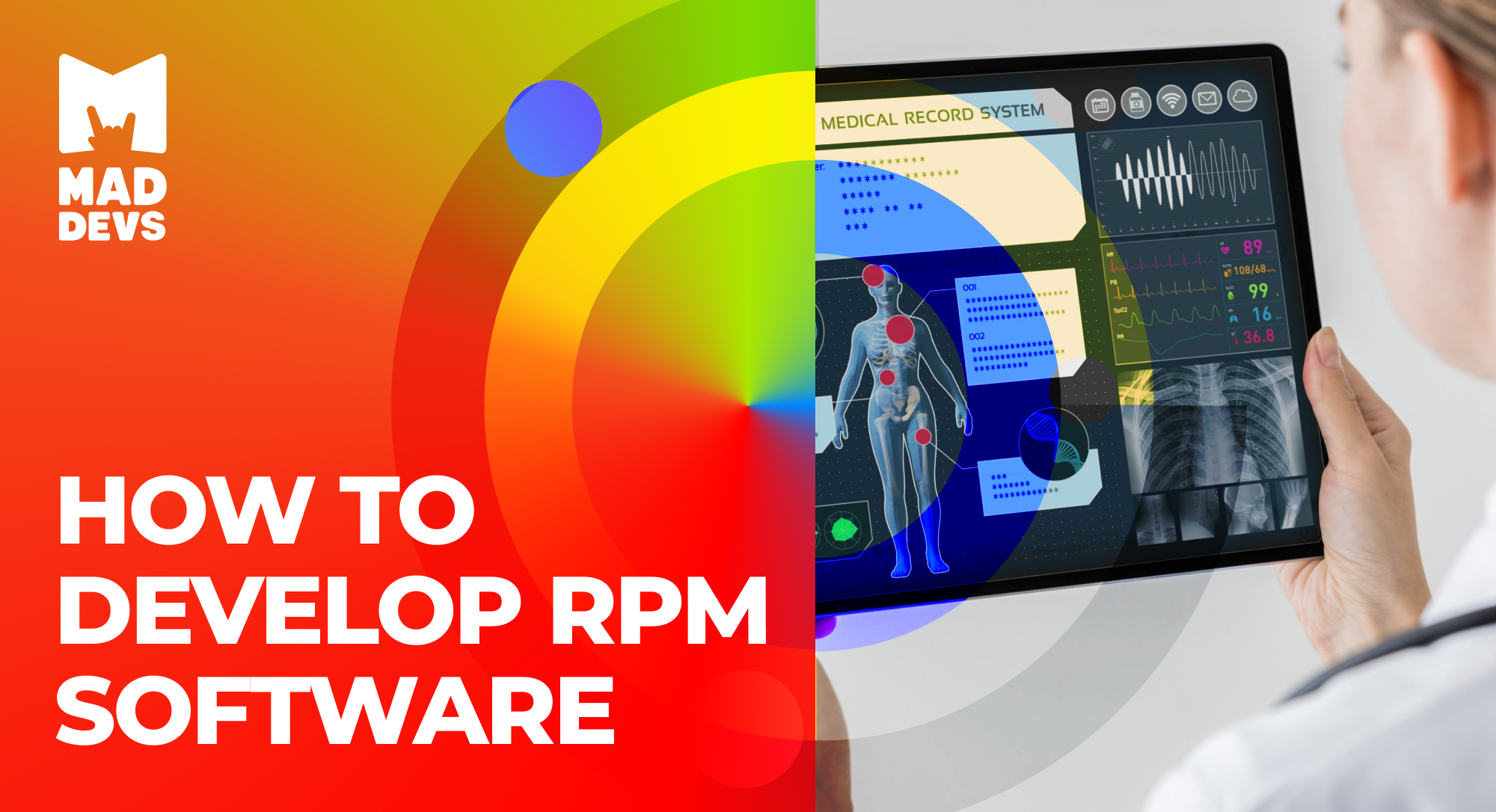Leading Remote Patient Monitoring Software: Improve Medical Care Performance
Leading Remote Patient Monitoring Software: Improve Medical Care Performance
Blog Article
The Future of Health Care: Remote Person Keeping An Eye On Streamlined
As medical care continues to advance, one area that holds immense guarantee is remote client tracking. With a focus on improving patient end results and streamlining healthcare delivery, remote surveillance is poised to reinvent the market.
Advantages of Remote Patient Monitoring
Remote patient surveillance offers a wide variety of benefits for both doctor and clients alike. One significant benefit is the capability to constantly monitor people' essential indications and health and wellness data from another location. This real-time tracking enables doctor to find any type of worrying patterns or modifications promptly, bring about early treatments and potentially avoiding clinical emergencies. In addition, remote client monitoring boosts the general top quality of care by giving a much more holistic and detailed view of individuals' health standing beyond standard in-person gos to.
Additionally, remote patient monitoring can result in better person outcomes and complete satisfaction. People can delight in the comfort of obtaining treatment in the convenience of their very own homes while still knowing that their health is being closely kept an eye on. This can cause increased individual interaction and adherence to therapy plans, eventually causing much better wellness end results. In addition, remote surveillance can lower the demand for constant hospital visits, lowering healthcare costs for both patients and service providers. Generally, the benefits of remote client monitoring are clear, making it an important tool in modern-day medical care shipment.
Innovation Driving Remote Monitoring
In the world of modern medical care, technological advancements play a crucial function in driving the development and efficiency of remote client surveillance. The combination of cutting-edge innovations such as wearable tools, mobile applications, and cloud-based platforms has actually transformed the way healthcare carriers remotely check and handle person health - software for remote patient monitoring. These modern technologies allow continual real-time surveillance of vital indicators, medication adherence, and other critical health information, permitting for timely treatments and individualized care strategies
One trick innovation driving remote tracking is the Net of Things (IoT), which enables seamless connection in between clinical devices and health care systems. IoT gadgets such as smartwatches and cordless sensing units transfer and collect individual information to central systems, helping with remote tracking from throughout the globe. Expert system (AI) and artificial intelligence formulas additionally boost remote surveillance by assessing vast amounts of patient data to spot patterns, anticipate health and wellness patterns, and alert health care providers to potential issues.
Impact on Healthcare Distribution
With the assimilation of innovative modern technologies driving remote person surveillance, the effect on medical care shipment is ending up being progressively profound and transformative. Remote person tracking enables doctor to supply even more proactive and customized treatment to people, leading to boosted health and wellness results and reduced hospital admissions. visit this page By from another location tracking crucial indications, symptoms, and medicine adherence, healthcare specialists can step in early, avoiding complications and boosting the overall top quality of care.
Moreover, remote surveillance enhances accessibility to healthcare solutions, especially for people in underserved or country areas. People can get continual tracking and assistance from their homes, getting rid of the demand for frequent in-person visits. This not just conserves time and decreases prices for both clients and medical care facilities however also lessens the risk of direct exposure to infectious illness, an essential factor to consider in Click Here the present medical care landscape.
Furthermore, remote client surveillance enables doctor to better designate resources and prioritize treatment based upon real-time data. By determining risky patients and stepping in promptly, medical care distribution comes to be extra efficient and efficient, ultimately resulting in a much more lasting and patient-centered medical care system.
Improving Patient Outcomes

Moreover, RPM enables proactive management of chronic conditions, decreasing the possibility of acute exacerbations and healthcare facility readmissions. Individuals benefit from enhanced benefit and comfort, as they can receive treatment in their very own homes while remaining linked to their doctor. This continuous surveillance not just boosts individual fulfillment however likewise fosters a sense of empowerment and engagement in their very own wellness monitoring.
Future Trends in Remote Tracking
Accepting sophisticated innovations in remote individual monitoring is shaping the future landscape of health care distribution. One significant pattern is the raised use of wearable devices and sensors to accumulate real-time information, enabling health care providers to keep track of individuals continually without the demand for frequent in-person check outs.

Moreover, telehealth systems are becoming a lot more innovative, permitting online appointments, remote diagnosis, and remote individual checking all in one integrated system (rpm software). This all natural method to remote tracking is simplifying medical care distribution, improving person contentment, and eventually, boosting total top quality of treatment
Verdict
To conclude, remote patient monitoring provides various advantages in healthcare delivery, driven by developments in innovation. It has the potential to improve client outcomes and transform the way healthcare is delivered. Future trends in remote surveillance will certainly remain to form the landscape of health care, offering opportunities for more tailored and reliable individual care.
Remote patient monitoring offers a wide variety of benefits for both healthcare providers and people alike. In addition, remote individual monitoring boosts the total high quality of care by giving an extra extensive and holistic view of people' health and wellness status past standard in-person gos to.
In addition, remote individual monitoring can lead to better individual outcomes and contentment. Remote individual monitoring enables healthcare carriers to provide even more customized and aggressive care to people, leading to improved wellness outcomes and minimized medical facility admissions. Remote person monitoring (RPM) plays a considerable duty in enhancing person outcomes by supplying continual, real-time data that allows medical care service providers to interfere promptly and change therapy strategies as needed.
Report this page